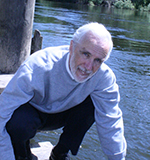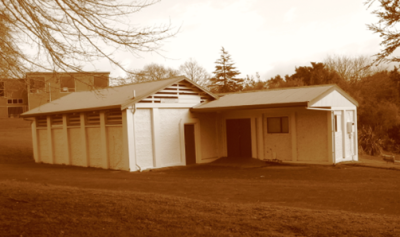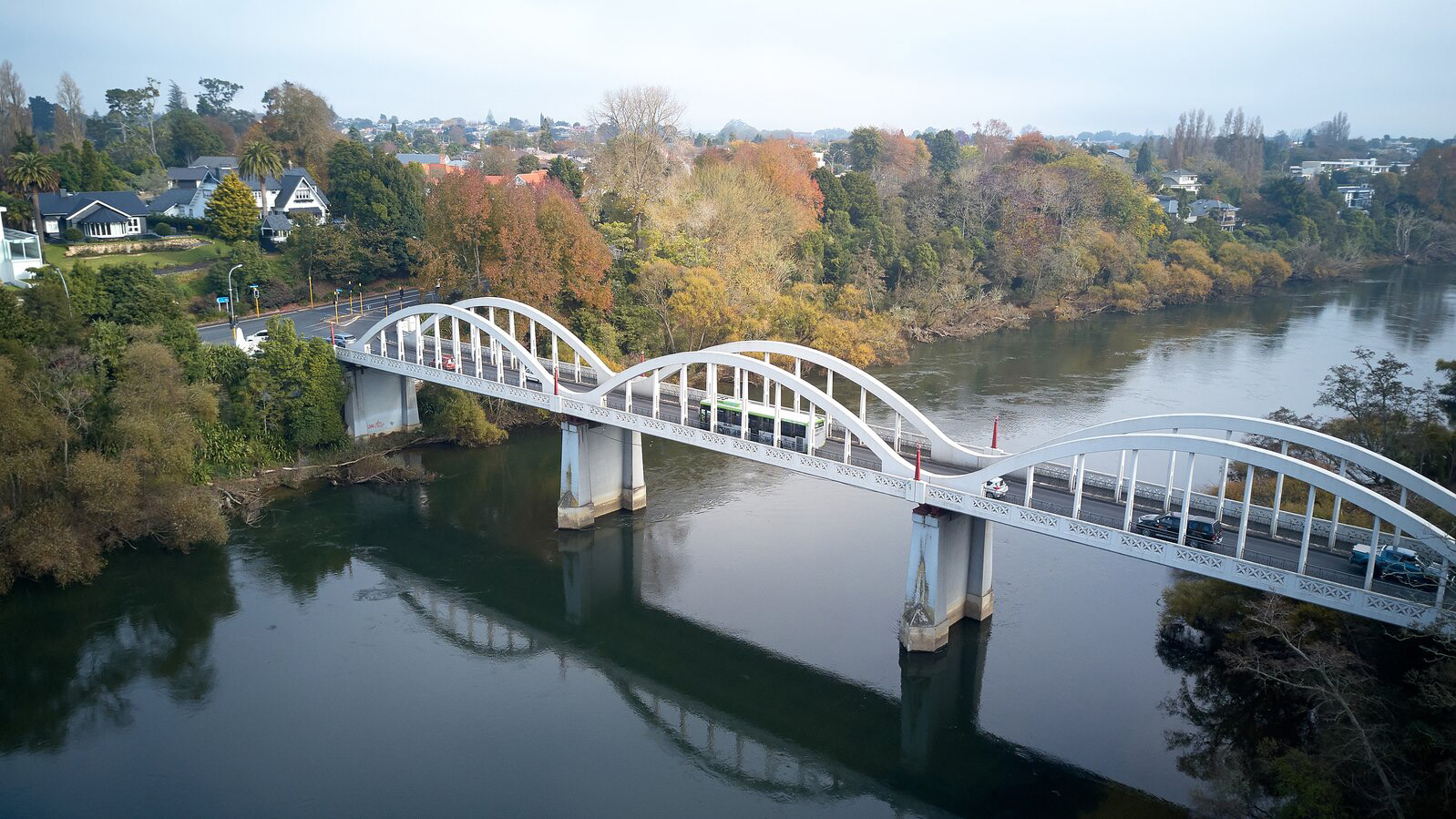 “Altogether, there were about 40,000 people taking their drinking water from the river, and the river was heavily polluted with sewage and industrial waste.”
“Altogether, there were about 40,000 people taking their drinking water from the river, and the river was heavily polluted with sewage and industrial waste.”
– Bill Vant, senior water scientist
We have water quality records for the Waikato region that are even older than me, and some are nearly as old as me, so water quality is something we have been thinking about for many years.
Such records, like those for the Waikato River in the 1950s, tell us about the past and show how far we have come.
There has been an enormous improvement in the bacterial quality of the Waikato River over the last 60 or so years.
The 1950s was a time of growing concern that the Waikato River was too polluted to be used as a source of drinking water for Hamilton and other towns along the river.
Altogether, there were about 40,000 people taking their drinking water from the river, and the river was heavily polluted with sewage and industrial waste.
 In Hamilton at the time, there were flush toilets, of course, but we didn’t have a central wastewater treatment plant. Instead, there were 14 community septic tanks housed in buildings, like the one pictured here at Wellington Street Beach. They were a very minimal and primitive sort of treatment system.
In Hamilton at the time, there were flush toilets, of course, but we didn’t have a central wastewater treatment plant. Instead, there were 14 community septic tanks housed in buildings, like the one pictured here at Wellington Street Beach. They were a very minimal and primitive sort of treatment system.
With the tanks, what that meant was the solids settled and the liquid overflowed; the liquid overflowed into the river pretty much continuously as there was limited capacity in the tanks, and three or four times a year the septic tanks would be desludged at night into the river. Pumped out.
In 1955/56, several departments measured the water quality of the Waikato River and they wrote a report for the then Pollution Advisory Council. They looked at 14 different sites, and they collected bacteria samples from these sites at monthly intervals.
They summarised the results as averages – not median as we do today – but they showed the bacterial levels were 600 per 100 millilitres upstream of Hamilton and 36,000 downstream at the Fairfield Bridge, which was graded as heavily polluted. But even Hamilton was not as heavily polluted as Ōtorohanga, which had bacteria levels of nearly 91,000 per 100 millilitres.
If we look at the values of bacteria at the Fairfield Bridge in 1955/56, taking the median values we use today, it was 17,500 per 100ml. The regional council’s most recent five-year (2017-2021) reading at Horotiu Bridge, which is also downstream of the Pukete sewage treatment plant so definitely includes all of the sewage effect of Hamilton, was 150 per 100ml. This is more than 100 times lower than what the values were in the 1950s but, even so, the way we describe the Horotiu Bridge now is Band E Red for swimming. It’s not suitable for swimming; getting close but not suitable.
The regional council’s record of bacteria at Mercer began in the late 1980s. But the first of the continuous records we have of bacteria in the Waikato River were from the Auckland Regional Authority, now Auckland Council, in the early 1970s, down at Mercer. They were thinking that using the Waikato River for drinking water for Auckland might be a good idea and they better get some idea of the quality of the water.
I think of this part of the long-term records as being the tail end of the bad old days of the Waikato River. The Pukete wastewater plant was commissioned in Hamilton in the late 1970s and in the years after that it became progressively more effective.
At the time of the John Key government, they come up with something called the Land and Water Forum, which the politicians thought was a way they may defuse some of the growing tensions about water quality at the time; tensions between farmers and the rest of the community about what was happening
To chair that potentially very contentious forum they appointed a chap called Alastair Bisley, a retired diplomat. Alastair was a son of Hamilton and when I talked to him about these 1950s results one time he said, “but Bill, I grew up in Hamilton, and I swam in the river in the 1950s, how can I still be alive?”
Well, he must have been tough.



To ask for help or report a problem, contact us
Tell us how we can improve the information on this page. (optional)